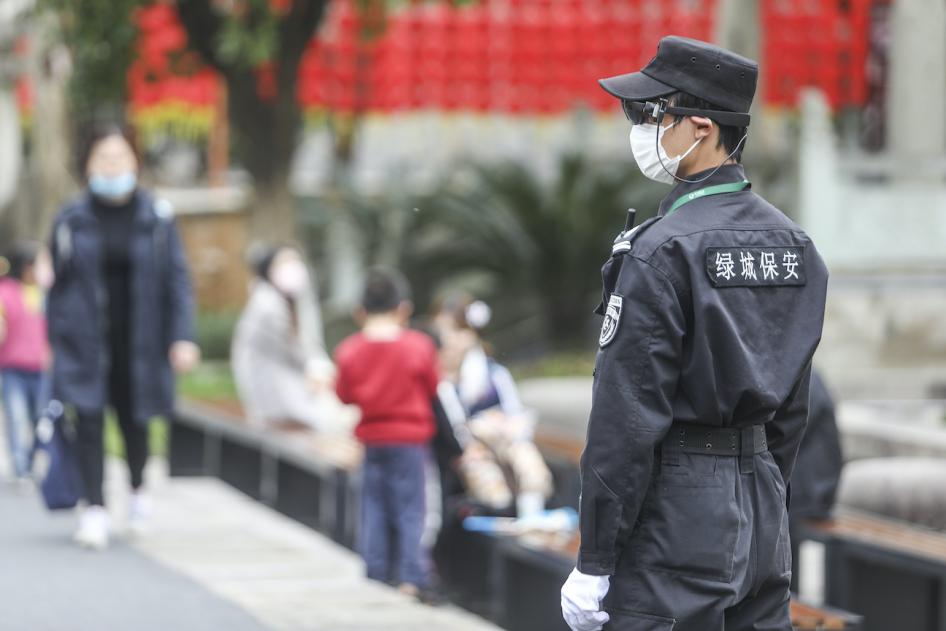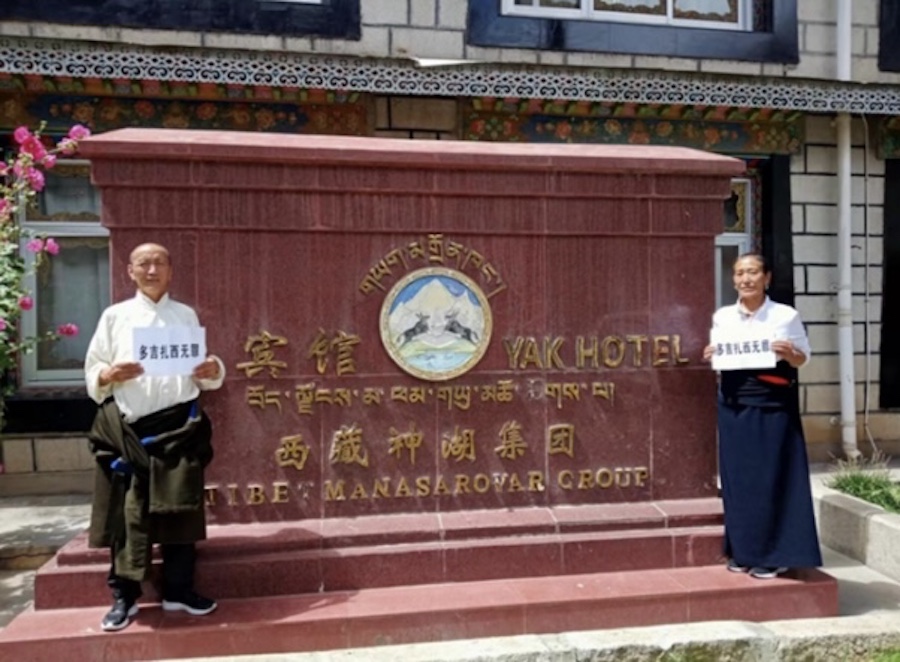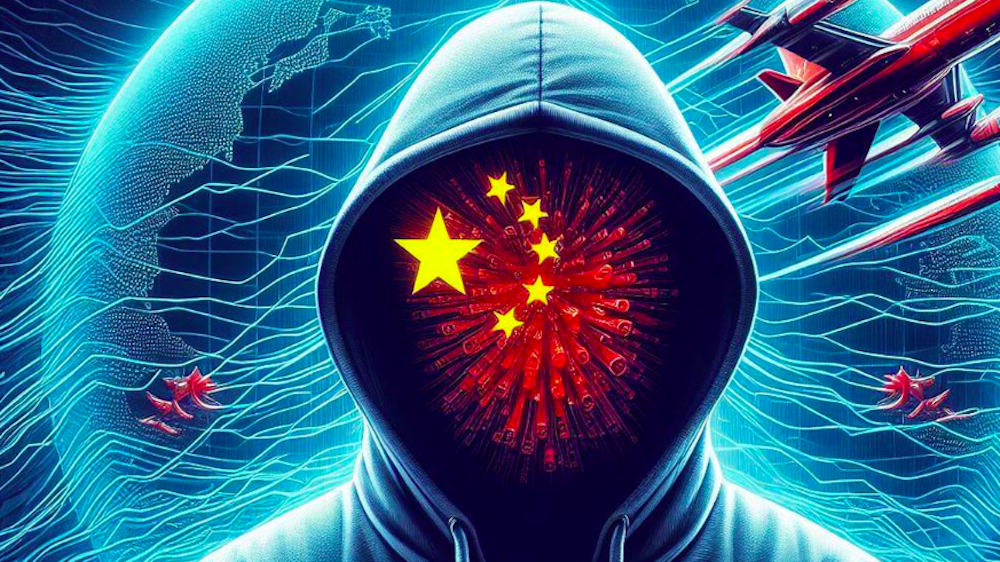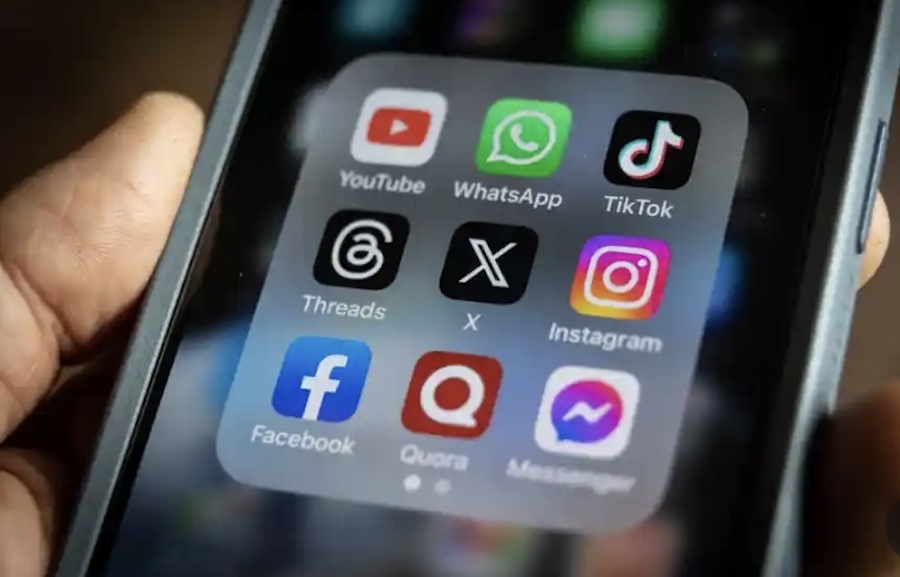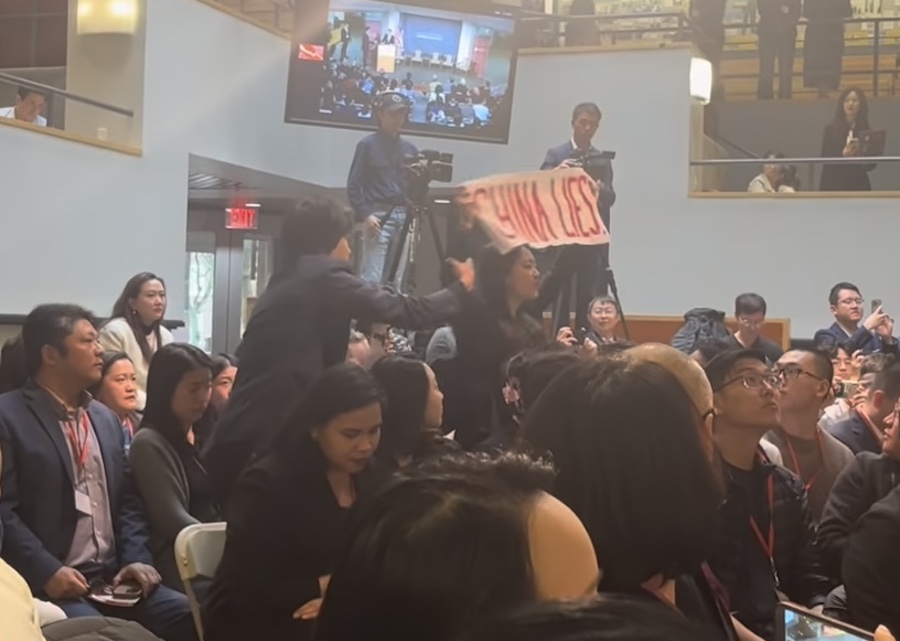By Choekyi Lhamo
DHARAMSHALA, APR 2: China has tightened surveillance mechanisms through new mediums to fight COVID-19, which has caused collective panic worldwide. China is frequently condemned for using technology for surveillance which automatically restricts free press, legal system and public mobility of the nation.
“I thought the days when humans are ruled by machines and algorithms won’t happen for at least another 50 years. [But] this coronavirus epidemic has suddenly brought it on early,” a blogger on the popular Chinese forum Zhihu wrote. The blogger complained about an app called Health Code which is used by local authorities to categorise quarantine measures for individuals amid the outbreak.
The app gathers personal information of individuals including their ID number, place of residence, their contact with virus-infected people, and their symptoms. It churns out three colours; green means they can go anywhere; yellow and red means 7 and 14 days of quarantine respectively. The app collects and shares the information with the police, informing the authorities of people’s location data in realtime.
The colour determination app will impact 700 million users throughout China as they are required to show their grade in the app while conducting mundane tasks such as “taking a ride, go to supermarkets, or enter and exit residential areas and the subway.” Their ability to earn a living and obtain necessities and medical care are dependent on the tri-colour code. Some residential areas use this app for facial recognition technology as they only let those with green code to enter, proving these systems being linked.
The Zhejiang provincial government has announced a set of standards for the app, noting broad and ambiguous categorization. “Having been to affected areas recently” and “belonging to groups relevant to the epidemic” are two of the seven criteria that can turn a user’s code red. Other local governments have been instructed to regulate these rules in their respective districts. The workings of the app are mostly unknown to the people, triggering fear and paranoia if and when the colour changes. The system may also make people with red code vulnerable to discrimination, as was seen with people from Wuhan in China during the beginning of the outbreak.
In Xinjiang, police have collected biometrics of residents without their consent over the last few years. This has put the Muslim minority residents under a strict surveillance plan which will determine their freedom of movement. Tibet and Xinjiang have faced the brunt of a hardened state surveillance system where freedom of movement and expression has been severely compromised.


